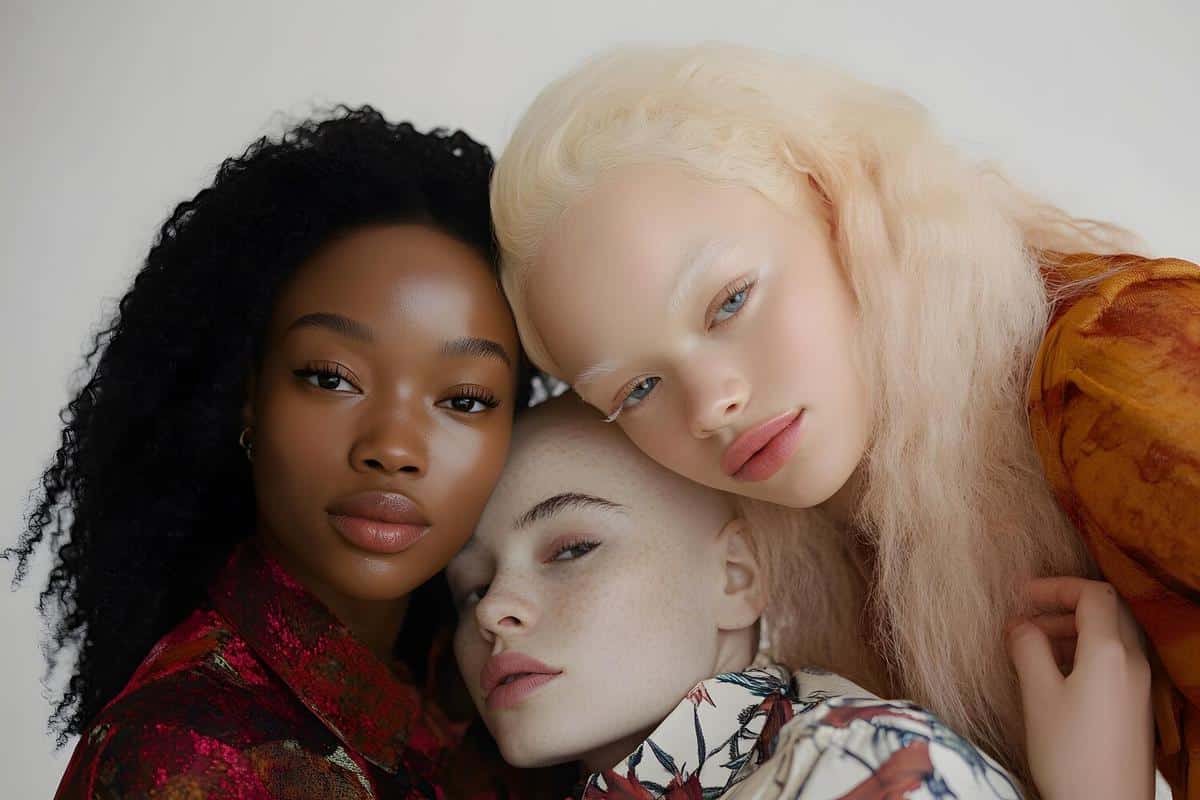
The Importance of Representing All Skin Types and Tones
Beauty is as diverse as the people who define it, yet for too long, the industry has often overlooked the rich spectrum of skin types and tones. Understanding and representing this diversity is not just a trend; it’s a crucial step towards inclusivity and recognition of all individuals.
Diving deeper into the realm of inclusive beauty, it’s essential to acknowledge the profound impact representation has on self-esteem and identity. According to a report by Mintel, 70% of consumers expect brands to embrace diversity, highlighting a significant shift in consumer expectations. This demand for inclusivity is echoed by beauty industry experts who assert that representing all skin types and tones is not just beneficial but necessary.
Makeup artist and diversity advocate, Pat McGrath, emphasizes, “Beauty is for everyone, and everyone deserves to see themselves reflected in the products they use.” This sentiment is a call to action for beauty brands to expand their product ranges to cater to a wider audience.
The Power of Representation
Representation in beauty goes beyond aesthetics; it’s about empowerment. When individuals see their skin tones celebrated and catered to, it fosters a sense of belonging. Consider the experience of Alex, whose search for the right foundation shade often ended in frustration until brands began to expand their shade ranges. This simple change transformed not only Alex’s beauty routine but also their confidence.
Statistics Highlighting the Need
Research indicates that 50% of people with darker skin tones have difficulty finding suitable products. This gap in the market reveals an opportunity for brands to innovate and lead in inclusivity. The beauty industry can take cues from companies that have successfully launched inclusive product lines, resulting in increased customer loyalty and market share.
| Skin Tone | Representation Level | Consumer Satisfaction |
|---|---|---|
| Light | High | 85% |
| Medium | Moderate | 70% |
| Olive | Low | 60% |
| Dark | Low | 50% |
| Deep | Very Low | 40% |
| Fair | High | 80% |
| Tan | Moderate | 65% |
| Ebony | Very Low | 35% |
Actionable Steps for Brands
- Diversify Product Lines: Introduce a wide range of shades in foundations, concealers, and skincare products.
- Inclusive Marketing: Feature diverse models in advertising campaigns to reflect a broader audience.
- Listen to Consumer Feedback: Engage with customers to understand their needs and preferences better.
Conclusion
Inclusive beauty is more than a marketing strategy; it’s a commitment to celebrating all individuals. By recognizing and representing all skin types and tones, brands can foster a more inclusive and accepting beauty industry. As consumers, supporting brands that prioritize diversity will encourage more companies to follow suit, making beauty truly universal.
FAQs on Inclusive Beauty
Why is representation important in beauty?
Representation ensures that all individuals see themselves reflected in the products they use, fostering inclusivity and empowerment.
How can consumers support inclusive beauty?
Consumers can support inclusive beauty by choosing brands that prioritize diversity and advocating for more representation in the industry.
What changes can we expect in the future of beauty?
As awareness grows, we can expect more brands to expand their shade ranges and embrace diverse marketing strategies.

